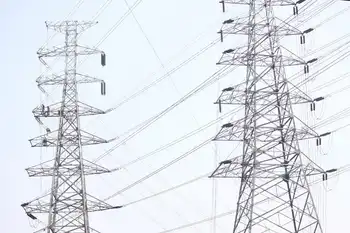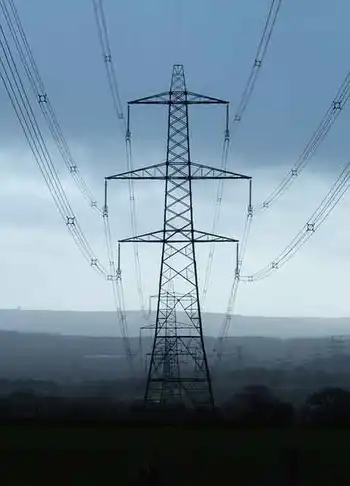WorldÂ’s largest solar array clears hurdle
BLYTHE, CALIFORNIA - The world's largest solar power plant cleared an important hurdle, laying the groundwork for a dramatic expansion in solar energy generation in the United States and around the world.
The proposed $6 billion-plus Blythe, California plant, originally proposed by Chevron Corp. and Solar Millennium AG, won clearance to build from the California Energy Commission.
The plant has a capacity of 1,000 megawatts. By comparison, for all of last year, the U.S. installed about 481 megawatts of solar energy, according to the Solar Energy Industry Association. The largest solar plants to date are in the 200-350 megawatt range.
The Blythe plant essentially groups four 250-MW plants, with the first slated to start generating electricity in 2013. The total pricetag is estimated at north of $6 billion.
On Wednesday, Solar Millennium said it and Ferrostaal AG were the sole two co-developers, working through a U.S. joint venture, Solar Trust of America LLC. Chevron Corp. maintained it was still a co-developer through Chevron Energy Solutions.
The commission said it had received no word that Chevron had dropped out. Although Chevron is still listed as a developer on the commission's website, it didn't mention Chevron in its press release about the approval.
The developers have already struck an agreement with Southern California Edison, which has said it will purchase the full capacity of the first two plants.
The plant will make electricity by using mirrors to heat a fluid that generates steam, which expands through steam turbine generators. The technique is known as parabolic trough technology.
It is one of nine proposed California solar plants that federal and state regulators are trying to evaluate by the end of the year.
Solar plants that begin construction before December 31 qualify for a Treasury Department grant totaling 30 percent of a project's cost, as part of last year's economic stimulus package.
Building Blythe would create up to 1,004 construction jobs, a spokeswoman for Solar Millennium says. Unemployment in the area slated for the plant is above the state average of 12.35, commissioners said during a meeting.
If all nine fast-tracked plants win approval and are constructed, they will create an additional 4,300 megawatts of solar power. But the bulk of the plants won't start generating energy until 2013.
For Blythe, the developers still need final approval from the Bureau of Land Management for use of public lands. The BLM is scheduled to rule on the matter toward the end of next month.
To win the most favorable financing from outside investors, the developers must also secure a Department of Energy loan.
The DOE is currently evaluating the Blythe plant's proposal, including its engineering and financial models.
Having the DOE approval "really lowers the risk to the eventual lender," says Burt Chao, an analyst at Simmons & Co. "The government's pretty thorough in vetting these projects."
The DOE, which has a large backlog of applications, is reviewing them "as quickly and efficiently as possible," says Julie Offner, a DOE loan-guarantee analyst.
Related News

UK windfarms generate record amount of electricity during Storm Malik
GLASGOW - The UK’s windfarms generated a record amount of renewable electricity over the weekend as Storm Malik battered parts of Scotland and northern England.
Wind speeds of up to 100 miles an hour recorded in Scotland helped wind power generation to rise to a provisional all-time high of more than 19,500 megawatts – or more than half the UK’s electricity – according to data from National Grid.
National Grid’s electricity system operator said that although it recognised the new milestone towards the UK’s ‘net zero’ carbon future, it was “also thinking of those affected by Storm Malik”.
The deadly storm caused widespread…




